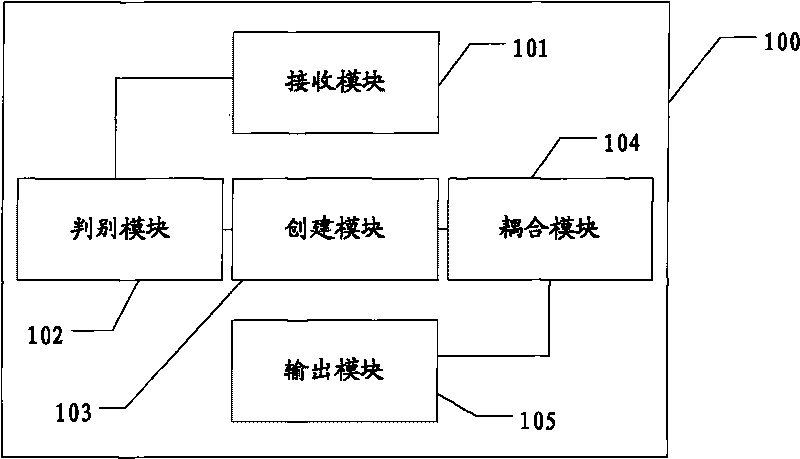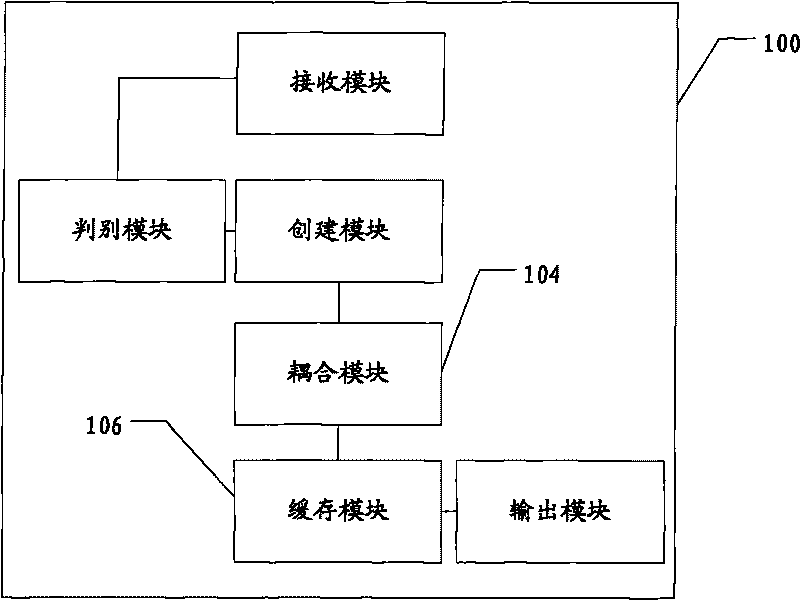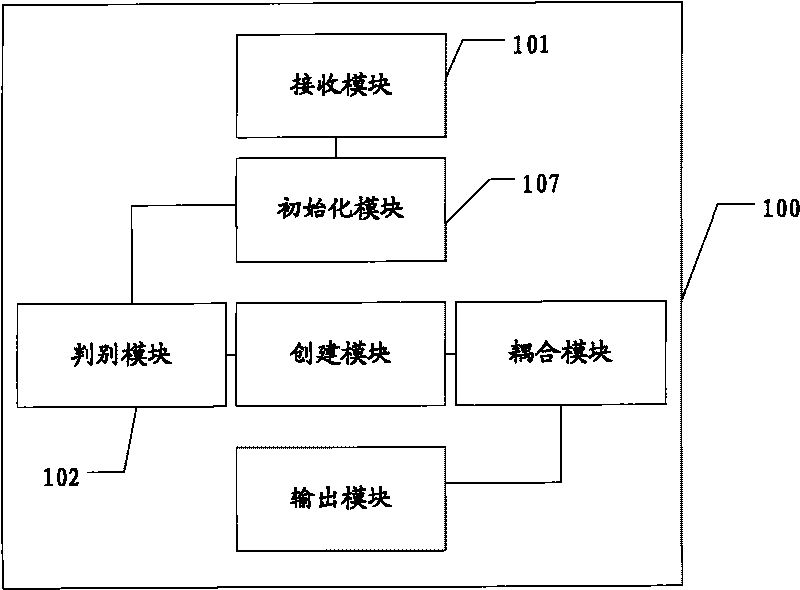Device and method for realizing shielding of different working flow products
A workflow and product technology, applied in the direction of instrumentation, finance, data processing applications, etc., can solve problems such as restricting the development of banking business, wasting human resources, and centralized management, so as to improve operational efficiency and competitiveness, and save manpower and time costs , Ease of maintenance and replacement
- Summary
- Abstract
- Description
- Claims
- Application Information
AI Technical Summary
Problems solved by technology
Method used
Image
Examples
example 1
[0042] Example 1: For the function of "finding work item information based on identifier" in the workflow unified interface
[0043] The corresponding method in the workflow unified interface is:
[0044] public WFWorkItem queryWorkItemDetail(String workItemID);
[0045] The corresponding methods in the two workflow product APIs are:
[0046] 1. The corresponding method in BPS6: public WFWorkItem queryWorkItemDetail(longworkItemID);
[0047] 2. The corresponding method in WLI: public TaskInfo getTaskInfo(StringtaskId); (com.bea.wli.worklist.api.WorklistManager class).
[0048] Among them, in terms of input parameters, the input parameters are: String type and long type. Long type parameters can be converted into String type, but there is a limitation in converting String type into long type, that is, only the value in String type is composed of numbers. Only integer strings can be successfully converted, therefore, the String type is used in the workflow unified interface. ...
example 2
[0051] Example 2: For the workflow unified interface, the function of "finding out the current user's executable or pending work items"
[0052] The corresponding method in the workflow unified interface is:
[0053] public List queryPersonWorkItems(String personID, String permission, Stringscope, PageCond pagecond).
[0054] The corresponding methods in the two workflow product APIs are:
[0055] 1. The corresponding method in BPS6: public List queryUserWorkItems(String personID, String permission, String scope, PageCond pagecond);
[0056] 2. The method corresponding to WLI: public TaskInfo[] getTaskInfos(TaskSelectortaskSelector).
[0057] It can be seen that the API of BPS6 can meet the above functions, but the API of WLI cannot meet the above functions, but the API of WLI can meet the requirements through the following methods:
[0058] public List findToDoList(BriefUserVO user) throws Exception{
[0059] ProfilingUtil.startProfiling(this.getClass()+″.findToDo...
example 3
[0110] Example 3: For the workflow unified interface "suspend workflow instance" function
[0111] The corresponding method in the workflow unified interface is:
[0112] public void suspendProcessInstance(long processInstID).
[0113] The corresponding methods in the two workflow product APIs are:
[0114] 1. The corresponding method in BPS6: public void suspendProcessInstance(long
[0115] processInstID);
[0116] 2. There is no corresponding method in WLI, because for WLI, the suspendTask (suspend a task) method for daily development can meet the needs. Since this method is unique to BPS6, and there is no corresponding method in WLI products, WLI products themselves do not have this function, let alone provide APIs. Considering that BPS products are widely applicable, a direct integration method is adopted to solve this problem. For WLI workflow products, WLI workflow has no effect when using this method.
PUM
 Login to View More
Login to View More Abstract
Description
Claims
Application Information
 Login to View More
Login to View More - R&D
- Intellectual Property
- Life Sciences
- Materials
- Tech Scout
- Unparalleled Data Quality
- Higher Quality Content
- 60% Fewer Hallucinations
Browse by: Latest US Patents, China's latest patents, Technical Efficacy Thesaurus, Application Domain, Technology Topic, Popular Technical Reports.
© 2025 PatSnap. All rights reserved.Legal|Privacy policy|Modern Slavery Act Transparency Statement|Sitemap|About US| Contact US: help@patsnap.com



